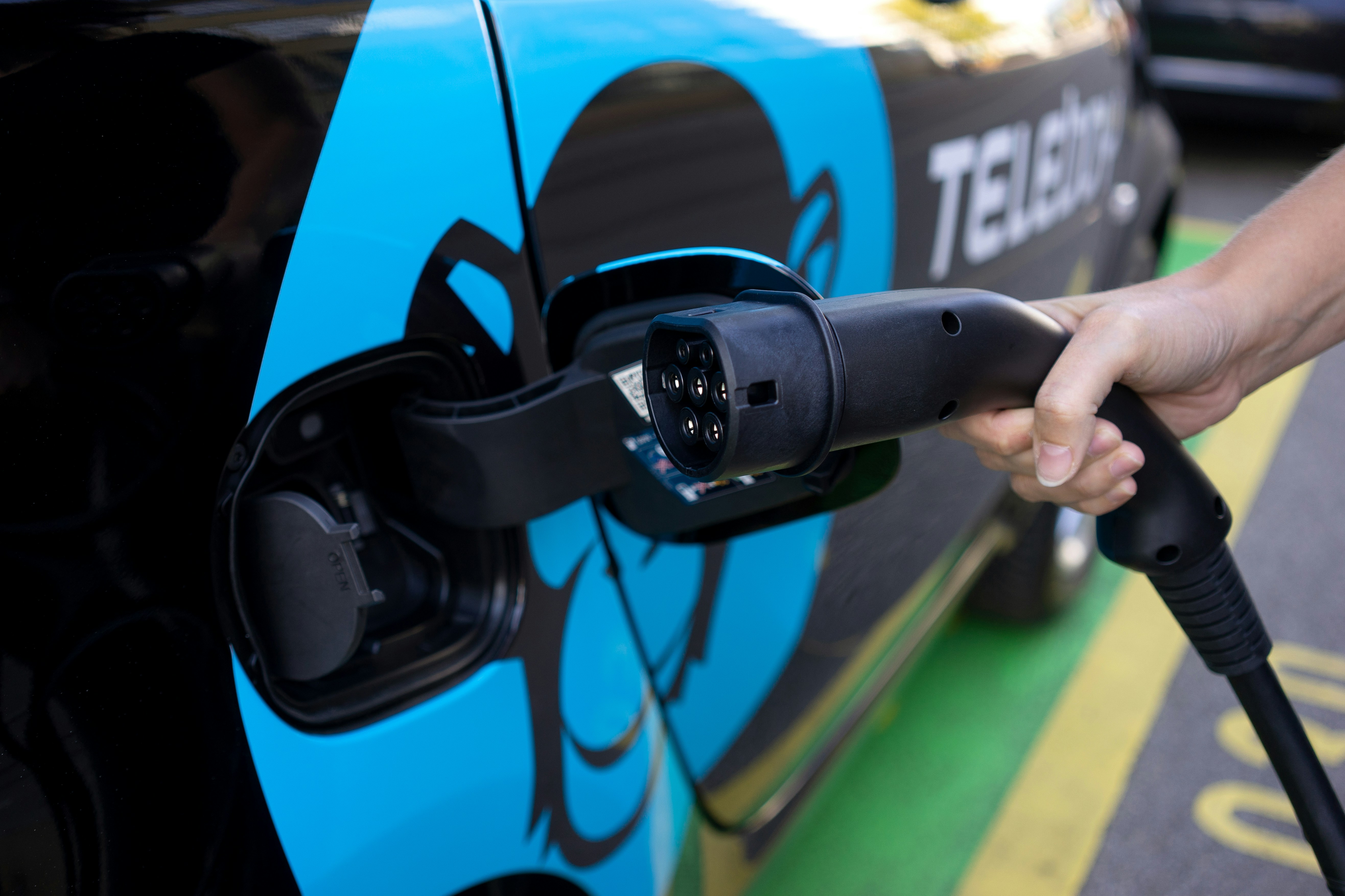Navigating the Future of Sustainable Automotive Fuels
Written By
Lewis C Smith
Published
Feb 25, 2024
Explore the future of sustainable automotive fuels with CarOracle. Expert guidance on eco-friendly vehicles for a greener tomorrow.
Introduction
The automotive industry stands at a critical juncture in its quest to reduce reliance on fossil fuels and minimize environmental impact. As we delve deeper into the 21st century, the urgency to transition away from fossil fuel-operated internal combustion engines has never been more pronounced. The recent decision by Shell to discontinue hydrogen refueling services in California narrows the field of alternatives, underscoring the challenges faced by stakeholders in adopting sustainable fuel sources.
Compressed Natural Gas (CNG) and Liquefied Petroleum Gas (LPG)
Definition: CNG is methane stored at high pressure, while LPG is a mixture of propane and butane.
Benefits: Both fuels burn cleaner than petroleum, reducing carbon monoxide and particulate emissions.
Challenges: Infrastructure for refueling and vehicle modifications are significant barriers.
Hydrogen Fuel Cells
Definition: Hydrogen fuel cells generate electricity to power a motor, using hydrogen as the primary fuel source.
Benefits: Zero emissions at the point of use and fast refueling times.
Challenges: Limited refueling infrastructure and high production costs.
Alcohol Fuels: Ethanol and Methanol
Definition: Ethanol is produced from crops such as corn, while methanol can be derived from natural gas.
Benefits: Lower emissions compared to gasoline and potential for renewable production.
Challenges: Energy-intensive production processes and compatibility issues with existing engines.
Electric Vehicles (EVs) and Plug-in Hybrids
Definition: EVs run solely on electricity stored in batteries, whereas plug-in hybrids combine an electric motor with a traditional engine.
Benefits: Reduced greenhouse gas emissions, especially when charged with renewable energy.
Challenges: Battery range and charging infrastructure are evolving concerns.
Renewable Diesel and Biodiesel
Definition: Renewable diesel is produced from biomass, while biodiesel is made from vegetable oils or animal fats.
Benefits: Compatible with existing diesel engines and infrastructure, reduces lifecycle carbon emissions.
Challenges: Feedstock availability and potential competition with food production.
Strategic Implications and Consumer Impact
The gradual withdrawal of hydrogen as a viable alternative in regions such as California represents a strategic narrowing of options in the short term. For consumers, particularly those who have invested in vehicles like the Toyota Mirai, this presents immediate challenges in terms of refueling and long-term viability. However, it also emphasizes the need for a diversified approach to developing and supporting alternative fuel sources. The supply chain for battery production largely exists outside of U.S. and access to those resources are now getting more contentious. Which is why it is unfortunate that Hydrogen has now been handed a setback.
In the immediate term, battery electric vehicles are the clear leader in replacing the internal combustion engine. However the Chairman of Toyota has cautioned the rush to Battery Electric Vehicles and stated that adoption may not reach the levels being expected, with an actual adoption being closer to 30%
Conclusion
The transition to sustainable transportation is a complex journey that requires the collective effort of governments, industry, and consumers. In light of the challenges facing hydrogen fuel and other alternatives, it is imperative for government policies to be adaptable, forward-thinking, and supportive of a broad range of initiatives. By setting clear objectives and providing a conducive environment for innovation, governments can play a pivotal role in steering us towards a more sustainable, secure, and prosperous transportation future. This approach not only addresses the immediate challenges but also opens the door to exploring and embracing the full spectrum of possibilities in sustainable transportation.















